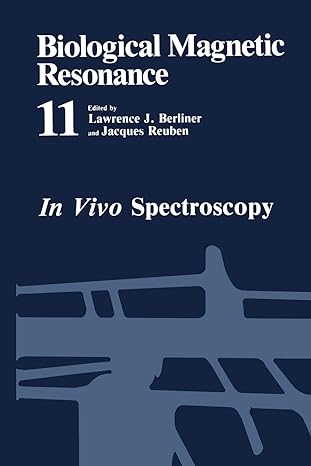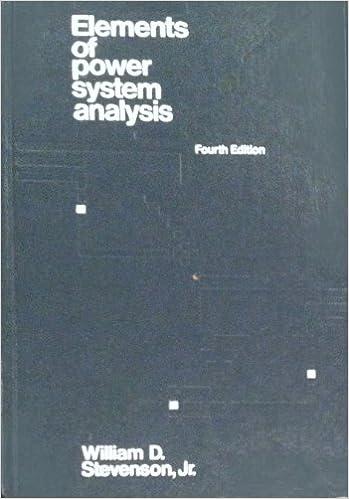Go back


Biological Magnetic Resonance 11 In Vivo Spectroscopy(1st Edition)
Authors:
Lawrence J. Berliner, Jacques Reuben

Cover Type:Hardcover
Condition:Used
In Stock
Shipment time
Expected shipping within 2 DaysPopular items with books
Access to 30 Million+ solutions
Free ✝
Ask 50 Questions from expert
AI-Powered Answers
✝ 7 days-trial
Total Price:
$0
List Price: $137.30
Savings: $137.3(100%)
Solution Manual Includes
Access to 30 Million+ solutions
Ask 50 Questions from expert
AI-Powered Answers
24/7 Tutor Help
Detailed solutions for Biological Magnetic Resonance 11 In Vivo Spectroscopy
Price:
$9.99
/month
Book details
ISBN: 1475794797, 978-1475794793
Book publisher: Springer
Get your hands on the best-selling book Biological Magnetic Resonance 11 In Vivo Spectroscopy 1st Edition for free. Feed your curiosity and let your imagination soar with the best stories coming out to you without hefty price tags. Browse SolutionInn to discover a treasure trove of fiction and non-fiction books where every page leads the reader to an undiscovered world. Start your literary adventure right away and also enjoy free shipping of these complimentary books to your door.
Book Summary: In vivo nuclear magnetic and electron spin resonance spectroscopy is concerned, inter alia, with the noninvasive observation of metabolic changes in living systems, including animals and humans. Typically, the physiologi cal (or pathological) state of an organ or tissue is monitored. This multi faceted approach was developed during the 1980s. It is still a research technique, but will undoubtedly become a clinical tool. We are proud to present this volume (the eleventh of our series) in which some of the pioneers in this area summarize their contributions and review related literature. Bolinger and Lenkinski describe a variety of localization methods suitable for clinical applications of NMR spectroscopy. Schleich, Caines, and Rydzewski summarize their contributions to approaches involving off-resonance rotating frame relaxation and critically compare these with other NMR techniques that may yield similar information. Chang and James outline their approach and share their experience with the technical aspects 1 31 of H and P NMR spectroscopy and spatially localized spectroscopy in studies of brain ischemia. Sodium plays an important role in living systems, a key aspect being the large gradient between intra- and extracellular concentrations of sodium that is maintained by a variety of transport mechanisms. Miller and Elgavish give us a comprehensive review of an important research tool in this 23 area- Na NMR spectroscopy as aided by shift reagents.
Customers also bought these books
Frequently Bought Together
Top Reviews for Books
Request str3hpt
( 5 )
"Delivery was considerably fast, and the book I received was in a good condition."










